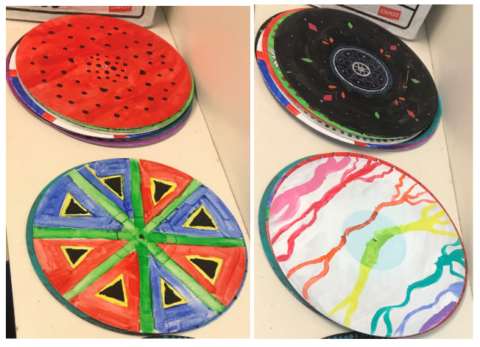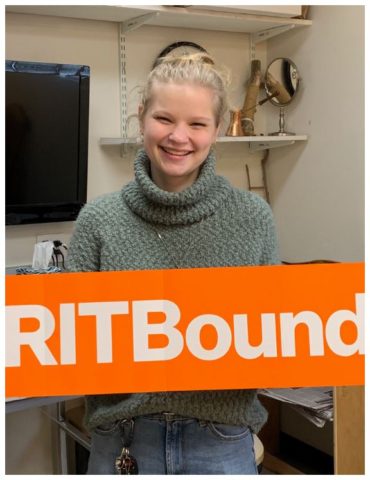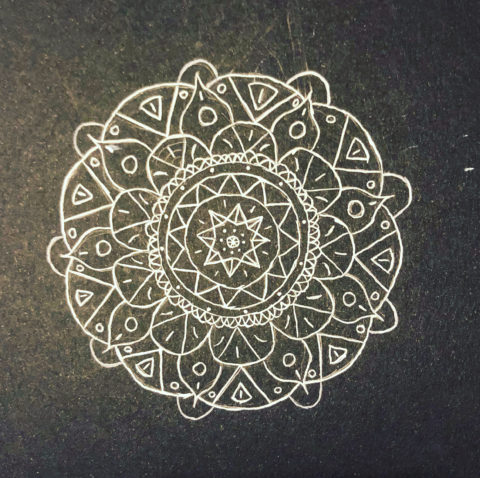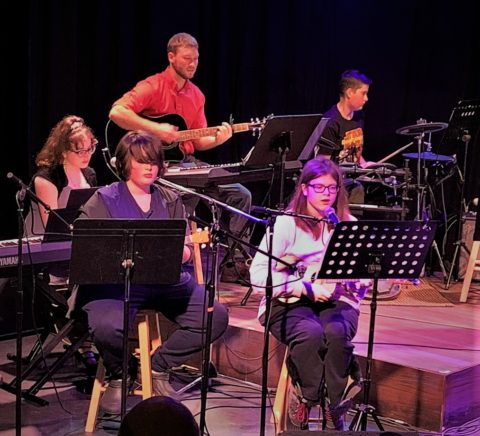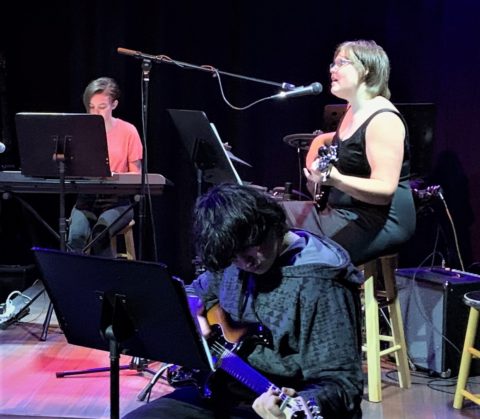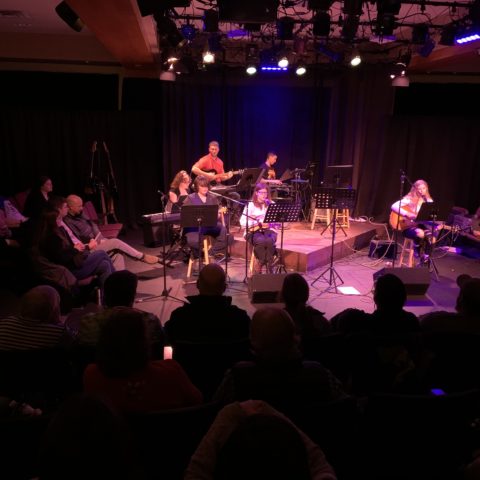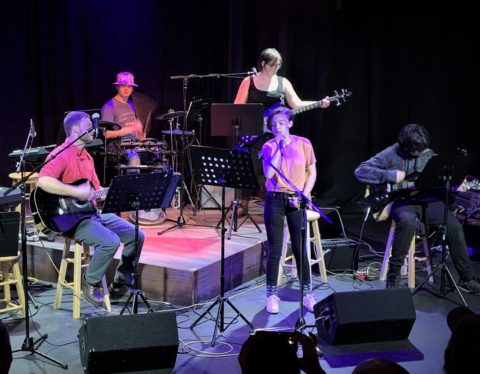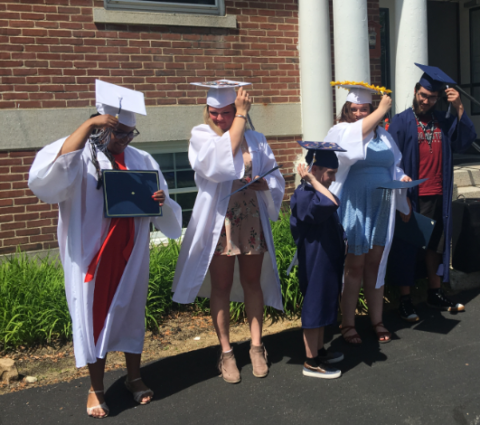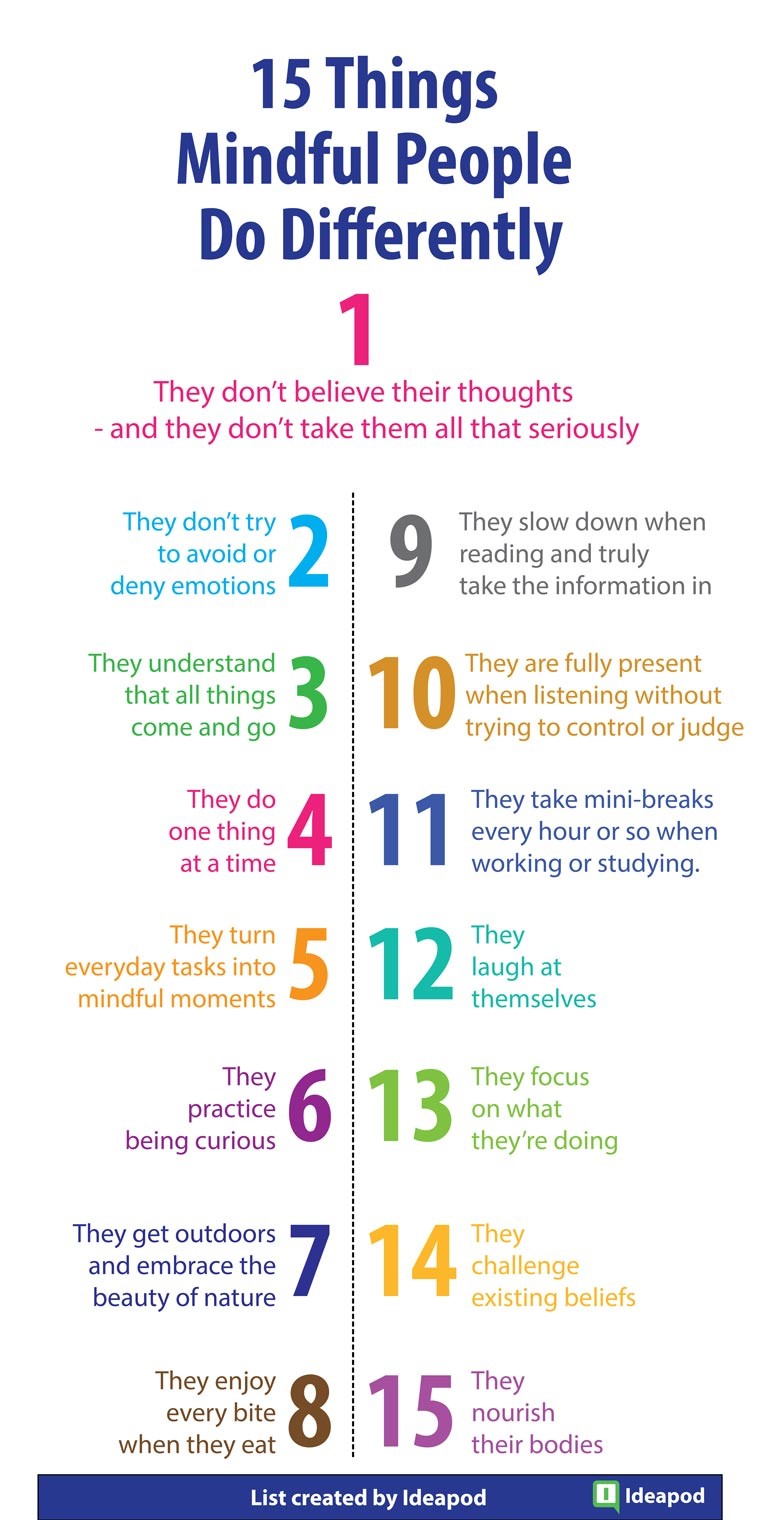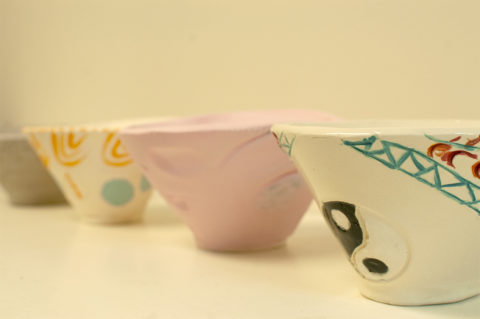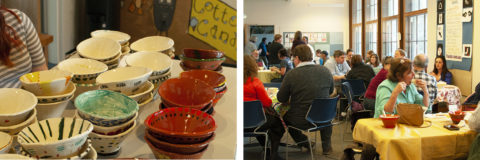 At Parker Academy we believe the work we are doing with our students is really important. We are hoping to have an ongoing dialogue with the people and programs that make Parker Academy what it is.
At Parker Academy we believe the work we are doing with our students is really important. We are hoping to have an ongoing dialogue with the people and programs that make Parker Academy what it is.
Today we are getting to know more about the Parker Academy Applied Arts Program. Like most of the arts, this program is expressive and intuitive; and we are spending time with applied arts teacher, Sheldon Cassady, to find out a little more about why this program is so important in socializing, student success, and harboring creativity throughout a lifetime.

Your shop class is part of the visual arts program at Parker Academy, what makes your class differ from the fine arts?
My class differs from the fine arts because it’s applied. Which means it deals with the application of design and aesthetics [to objects of function] and their everyday use. The creating we deal with is more industrial design oriented, furniture or machinery, welding- that kind of thing. However, my background is in fine arts, so it does have an artistic flare, but it tends to be more applied.
“Whether the students realize it or not, it is mostly socialization skills and team building.”
We don’t see this class existing in a lot of middle and high schools currently. What do you think the benefit of having a class like this is?
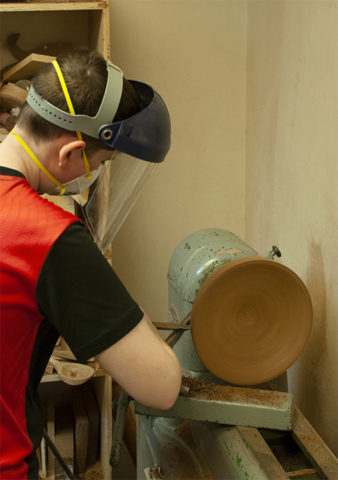 A lot of why we can offer this class is because of the nature of the school. Whether the students realize it or not, it is mostly socialization skills and team building. We are creating a space to have an introduction to the shop, and expose them to things that they might not get to be doing outside of this class. It is really exciting to see when it all comes together. We have had our students go on to college or trade schools to continue with things like welding or mechanics that they have gotten a taste of and enjoyed. Our small class sizes [usually three to five students] help with tailoring projects and maintaining safety. There are very few accidents due to everyone following the rules and a lot of individual attention.
A lot of why we can offer this class is because of the nature of the school. Whether the students realize it or not, it is mostly socialization skills and team building. We are creating a space to have an introduction to the shop, and expose them to things that they might not get to be doing outside of this class. It is really exciting to see when it all comes together. We have had our students go on to college or trade schools to continue with things like welding or mechanics that they have gotten a taste of and enjoyed. Our small class sizes [usually three to five students] help with tailoring projects and maintaining safety. There are very few accidents due to everyone following the rules and a lot of individual attention.
Being an artist yourself, how do you think that translates into how you teach your students?
As an artist I understand that it is the process that is important to me. Rather than just give them a blue print or rubric, I make them design their own projects. The students create the prototypes that they use here. I stress the part of the brain that has to develop the thing, as much as the thing itself. A lot of kids at this age do not have the ability to make something exquisite. I tell them I would rather have them make ten mediocre pieces building up to the good one, than beat one thing to death. Due to skill level, I choose to stress the creative side of what they are doing, and how it is going to work, rather than the end result.

“It gives them a level of achievement that is important in growing. I think we undervalue these successes because we do it all the time as adults.”
What are some of the core lessons and important concepts that you incorporate into your classroom?
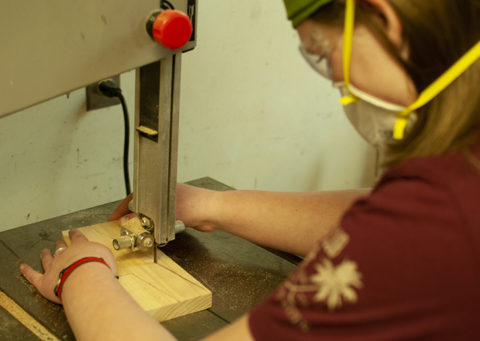 The important concepts vary so much because of the individual nature of what we do. Right now, I have one class where we are focusing on team building. Students are learning how to work together as a cohesive unit to create something. It has less to do with product or personal development with those kids right now. We are lucky enough to able to be flexible with these kids. They are here, in applied arts, for other reasons. From emotional issues, isolation, home schooled and the need to practice social skills- to autism etc. It’s hard to pin point. As a teacher you accept the child’s individual profile and move into a place that they can thrive. You find out who the student is and how to help them through the process of making things. It’s amazing to see the satisfaction when they finish a project. You have to realize that some of these kids have never really had a success like this before. Maybe they are not as good at reading or math, but they just made a beautiful wooden bowl. It gives them a level of achievement that is important in growing. I think we undervalue these successes because we do it all the time as adults. But for some of these students to be able to make something, have it function, and be beautiful- it really makes them want to go on and proceed with making more things. We have some emotional kids that really need some positivity in what they are doing. It is a physical thing they can hold and see the success in.
The important concepts vary so much because of the individual nature of what we do. Right now, I have one class where we are focusing on team building. Students are learning how to work together as a cohesive unit to create something. It has less to do with product or personal development with those kids right now. We are lucky enough to able to be flexible with these kids. They are here, in applied arts, for other reasons. From emotional issues, isolation, home schooled and the need to practice social skills- to autism etc. It’s hard to pin point. As a teacher you accept the child’s individual profile and move into a place that they can thrive. You find out who the student is and how to help them through the process of making things. It’s amazing to see the satisfaction when they finish a project. You have to realize that some of these kids have never really had a success like this before. Maybe they are not as good at reading or math, but they just made a beautiful wooden bowl. It gives them a level of achievement that is important in growing. I think we undervalue these successes because we do it all the time as adults. But for some of these students to be able to make something, have it function, and be beautiful- it really makes them want to go on and proceed with making more things. We have some emotional kids that really need some positivity in what they are doing. It is a physical thing they can hold and see the success in.
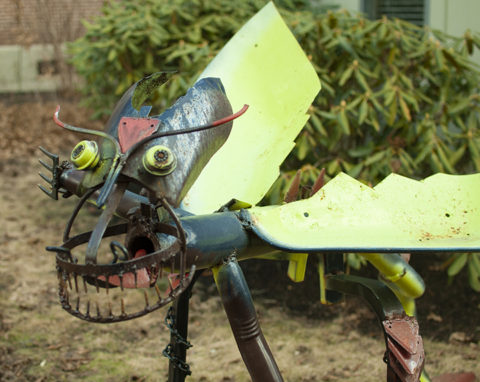
Found object sculpture
“I know how it sounds, but the best part of this, the thing that I am most happy about achieving is- every now and then you really get success with a child. You see them go on to something great.”
What are some materials you utilize in this class?
As far as materials go, whatever we want to work with. My background is in wood but I have also been a mechanic. We work with a number of materials but it really varies on the student’s interest. Sculptures are made from found objects to car parts. I try to be flexible and work in the direction of the students for the most part. Sometimes we are limited by the tools we may or may not have, such as glass work. These road blocks allow us to problem solve and find different avenues to create our projects.
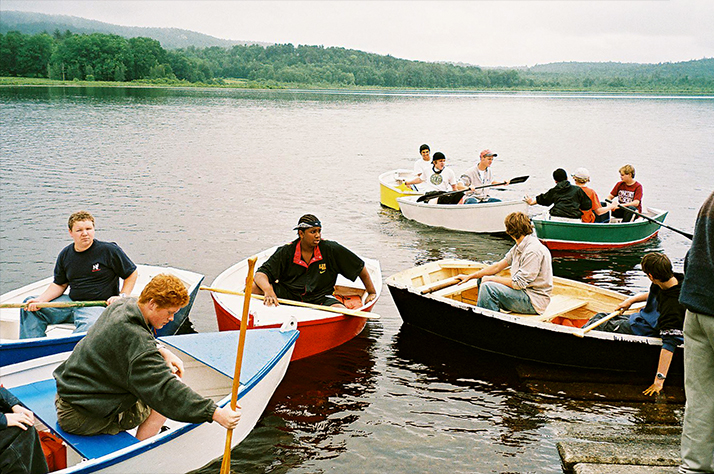
What do you think is the most interesting thing that your class has accomplished?
We have had so many amazing accomplishments over the years. One of my favorites was a 14-foot sailboat, another time we made ten little skiffs, rowboats. Students built them all in one year, and different classes worked on them in teams. At the end of the year they got to row around in the pond together after graduation. It was really neat to see. In reality we make so many different things, bike part chairs, mousetrap race cars. Some of the little things are really great too. There have been small metal boxes that students have soldered together with different kinds of metal that came out really nice, artsy, and exceptional. I know how it sounds, but the best part of this, the thing that I am most happy about achieving is- every now and then you really get success with a child. You see them go on to something great. They really respond to whatever it is you were doing at the time. Sometimes it surprises you how much of an effect you have had on them. The product here is really inconsequential, and to focus on that I think would be a mistake. We are makers, learning through the process of our own ideas, to produce something that is uniquely our own.

“We are makers, learning through the process of our own ideas, to produce something that is uniquely our own.”
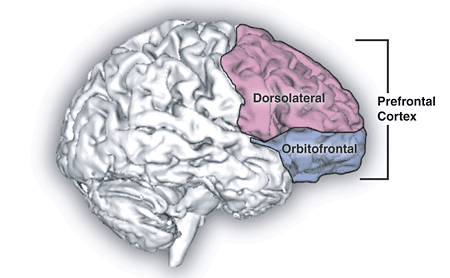 While many of you know that we do a great deal of work to help our students develop social pragmatic skills, emphasizing social communication and emotion regulation, you may not know that our efforts also include helping our students to develop the executive functioning skills that compliment them.
While many of you know that we do a great deal of work to help our students develop social pragmatic skills, emphasizing social communication and emotion regulation, you may not know that our efforts also include helping our students to develop the executive functioning skills that compliment them.



